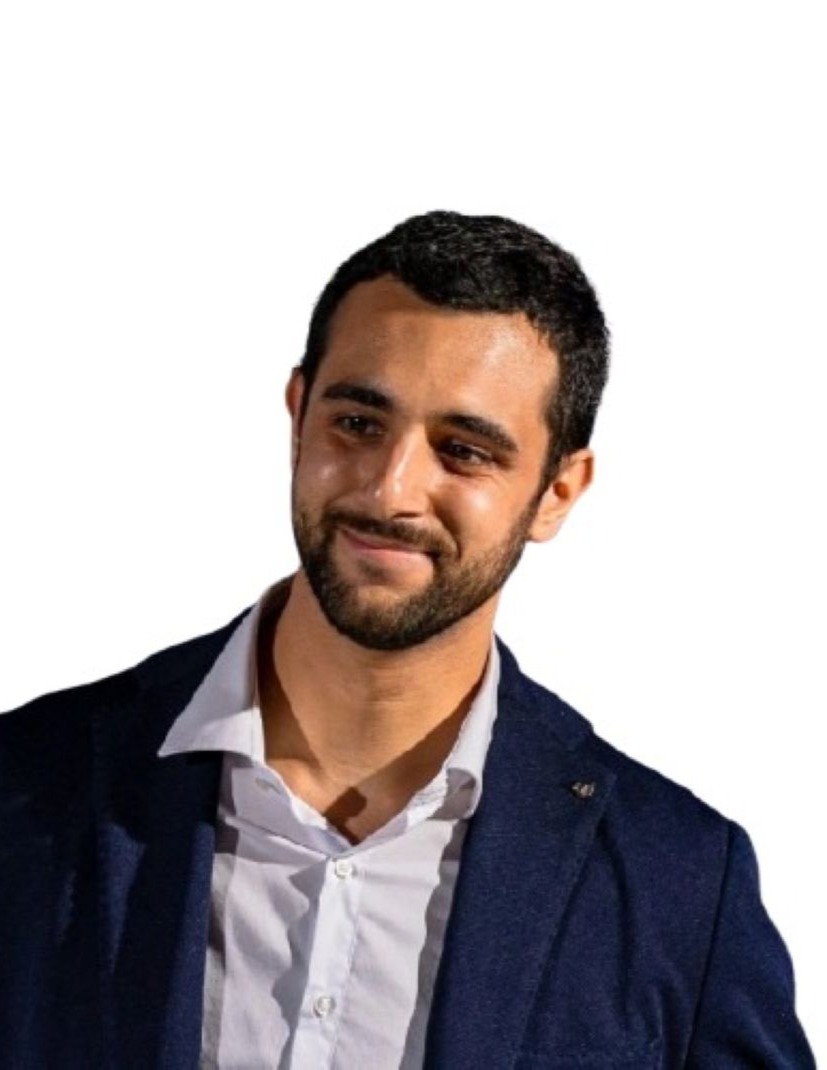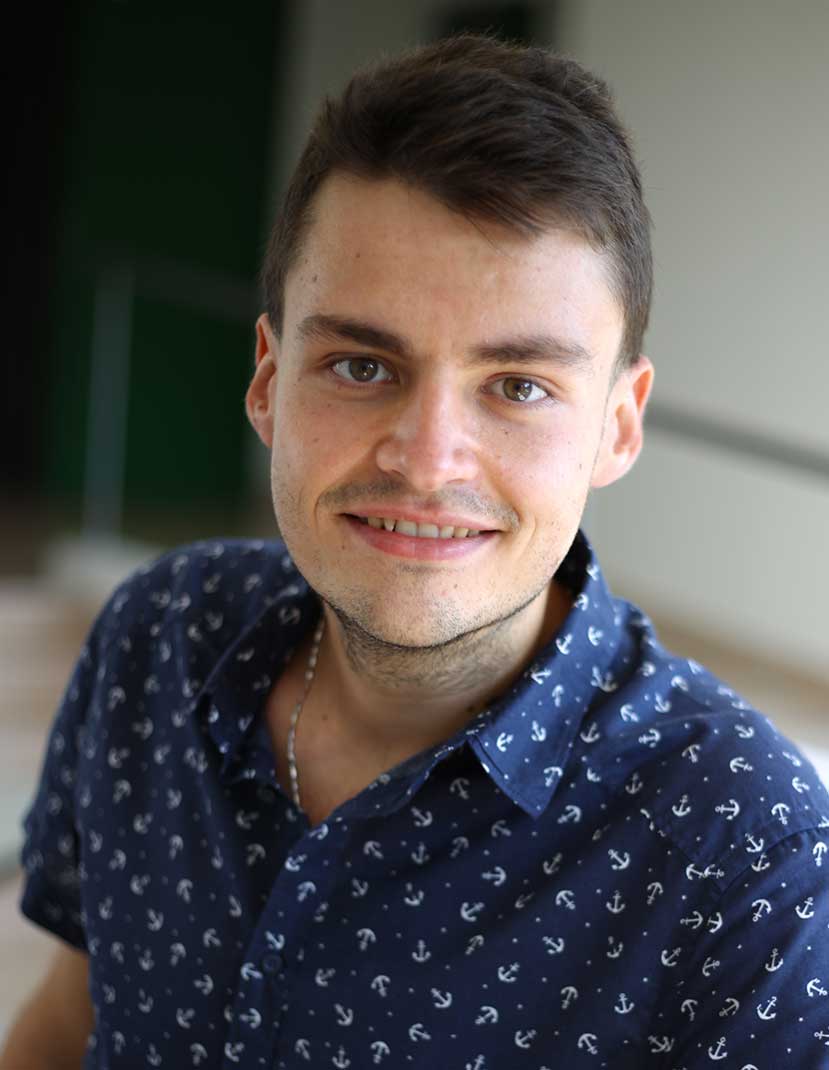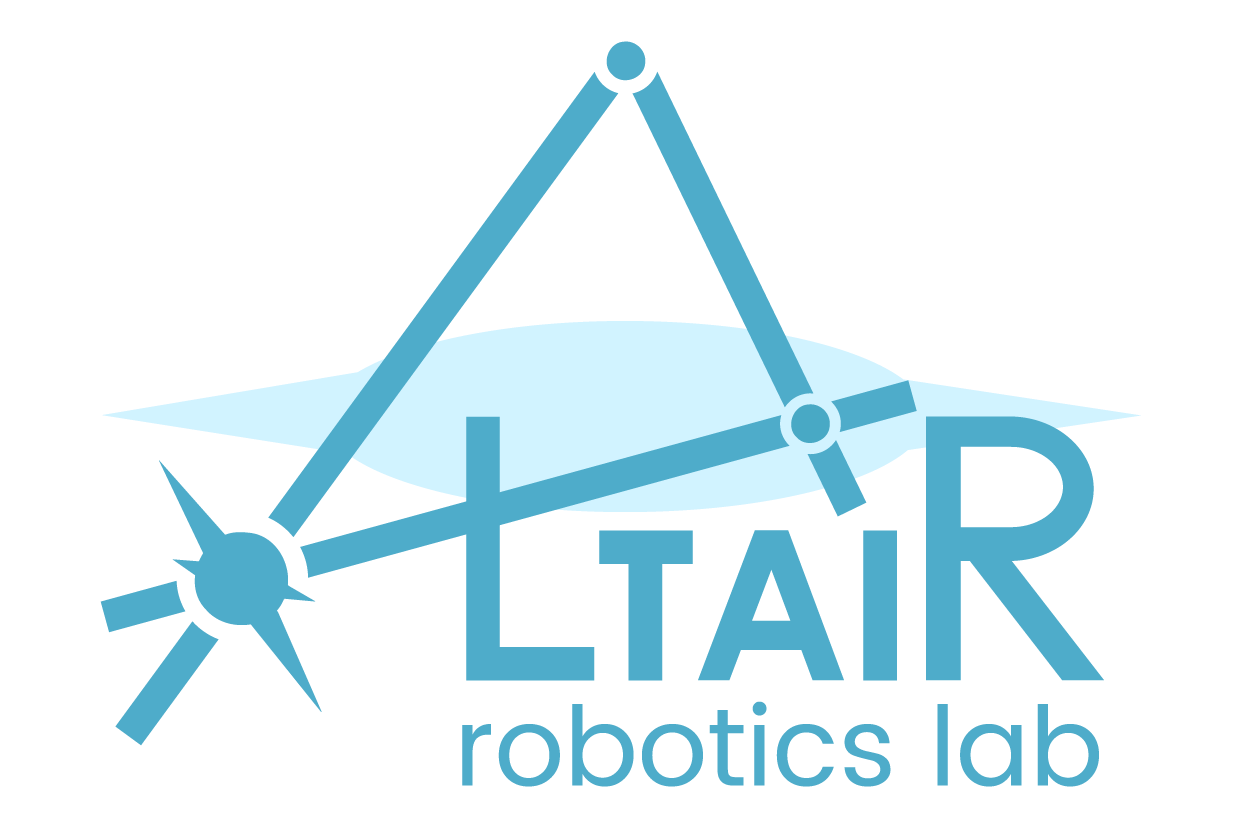EXOSKELETONs And Assistive robots
introduction
Within the ALTAIR lab, the acROBOTICA team focuses on Exoskeletons and Assistive Robotics. Our objective is to enable a new generation of human-oriented exoskeletons and assistive robots able to cooperate with humans and follow their intentions naturally and seamlessly, as if the robot is a natural extension of the human body. Exoskeletons and assistive robots can be used by healthy factory workers to prevent musculoskeletal diseases and by impaired individuals to gain independence in activities of daily life.
To reach our objective, we work on mechanics, mechatronics, interaction control, myography-based control, and human-in-the-loop optimization. We consider affordability as a key aspect for successful application to industry, home assistance, and rehabilitation.
LAB PEOPLE ON TOPIC

Short Bio
I have 15 years of research experience in human-robot interaction, including force and impedance control, control of elastic systems, passivity-based control, myo-control, and adaptive and learning systems, with several publications as first author in top-tier robotics journals. I investigated most of these topics with exoskeletons and assistive robotics in mind. In the last years, I put my research focus on myo-control and assistive strategies. Regarding this topic I want to highlight a rare and unique circumstance related to my team: one post-doc researcher is affected by muscular dystrophy, which makes him at the same time the designer and the end-user of assistive robots. From our point of view, this represents an extremely relevant condition for the achievement and for translation of research results. Thanks to this collaboration, my research group developed evidence-based consciousness about the potentials, opportunities, and limitations of control algorithms and strategies to assist muscular weakness.




Past Collaborators


Matteo Meneghetti
Research Assistant

Noè Murr
Research Assistant


Rudy Vicario
Research Assistant
